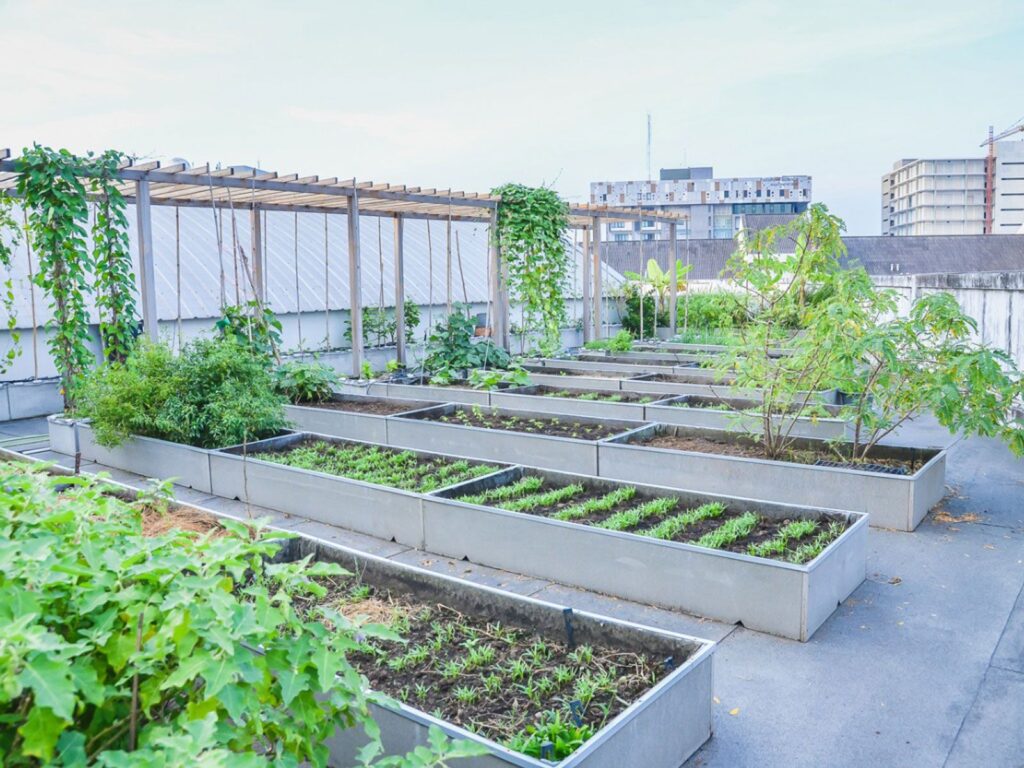How Do I Incorporate Native Fruiting Vines Into My Garden Design?
What’s up, plant lovers? I’ve got some juicy tips for you on how to get your plants to climb like champs! And you know what that means… bigger, better fruit. Oh yeah!

First things first, let me explain why getting your plants to climb is a good idea. When you grow fruiting vines, like cucumbers, melons, and tomatoes, vertically rather than horizontally, you make better use of space. Plus, it makes it a lot easier to harvest your precious produce. No more back-breaking bending over to pick your goodies off the ground. Oh yeah!
Now let’s get to the good stuff:
1. Provide support
If you want your plants to climb, they need something to climb on. This could be anything from bamboo stakes to trellises. Whatever you choose, make sure it’s sturdy enough to hold the weight of your plant and its fruit. Oh, and don’t forget to secure it firmly into the ground. The last thing you want is for it to topple over and crush your precious plant babies.
2. Train your plants
Your plants don’t necessarily know how to climb on their own. That’s where you come in, boss. Use twine or soft plant ties to gently coax your plants up their support system. Be patient and take your time. Don’t force them to climb faster than they’re ready to and don’t be afraid to adjust the ties as needed.
3. Prune
Cutting back your plants can actually encourage them to grow and climb. Who knew, right? Trim off any side shoots that start to grow along the main stem of your plant and focus on training the main stem to climb. This will help your plant put all its energy into growing upwards, rather than trying to maintain its lateral branches.
4. Choose the right plants
Not all plants are created equal when it comes to climbing. Look for varieties that naturally grow upwards and have tendrils or suckers that can cling to your support system. Some of my favorites include indeterminate tomatoes, snap peas, and pole beans.
5. Provide proper spacing
When you’re planning your garden, make sure you leave enough room between your plants for them to grow and climb. Each plant has different spacing requirements, so do your research beforehand. Crowded plants are more prone to disease and pests and won’t be able to grow to their full potential.
6. Water regularly
Plants need water to survive and thrive. But when you’re growing them vertically, it can be easy to forget about the ones higher up. Make sure you water your plants regularly, giving extra attention to any that are growing higher up on their support system. A drip irrigation system can be a life-saver in this situation.
7. Feed your plants
Just like with water, you need to feed your plants to keep them healthy and productive. Look for a fertilizer that’s high in phosphorus, which promotes strong root growth and fruit development. And don’t forget to follow the instructions on the packaging – too much fertilizer can actually harm your plants.
8. Be patient
Climbing plants can take a bit longer to grow and produce fruit than their counterparts that are grown horizontally. Don’t get discouraged if you’re not seeing results right away. Keep up with training, pruning, and providing support and your plants will reward you in the end.
So there you have it, my fellow plant enthusiasts. With these tips and tricks, you’ll be growing vertically and reaping the rewards in no time. Happy climbing!



